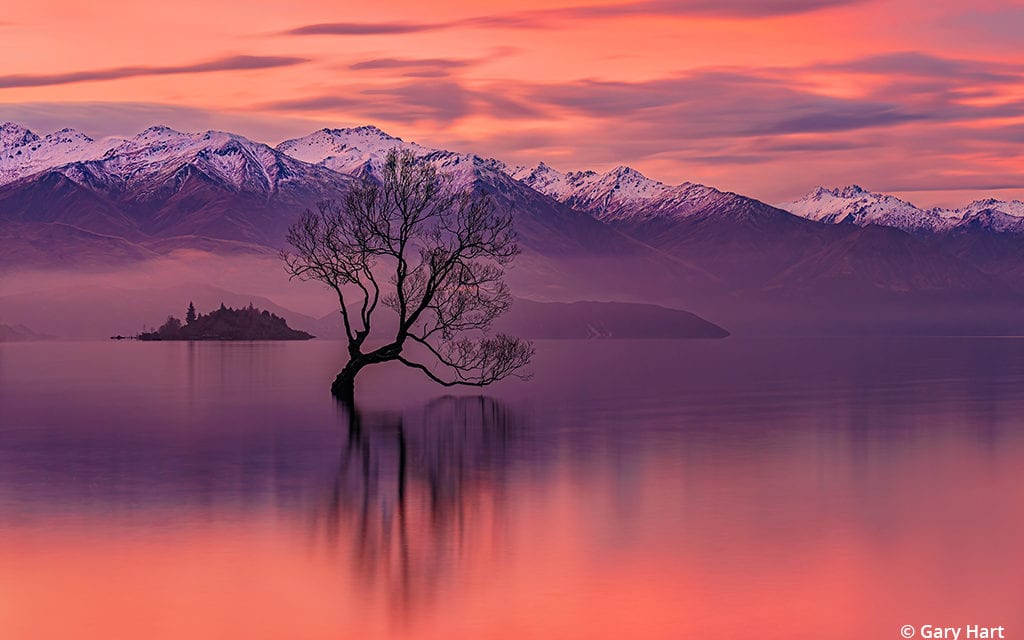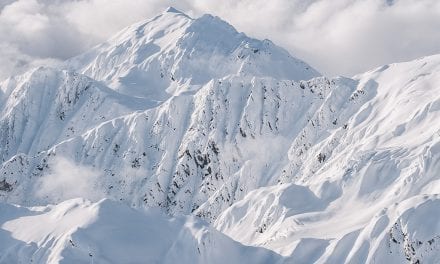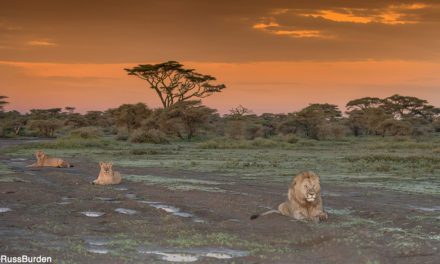Arriving at Lake Wanaka with a few minutes to spare, we had planned to give our New Zealand photo workshop group a quick preview of the next morning’s sunrise subject, the famous Wanaka willow tree. But as our group surveyed the scene, Don Smith and I surveyed the sky. We had another sunset photo spot in mind, but the Wanaka willow was one of the most anticipated locations on the trip, and we really wanted to nail it. Did we want to sacrifice our planned sunset spot for the chance to give our group a shot at a nice sunset at a more important location or take our chances that sunrise here would deliver?
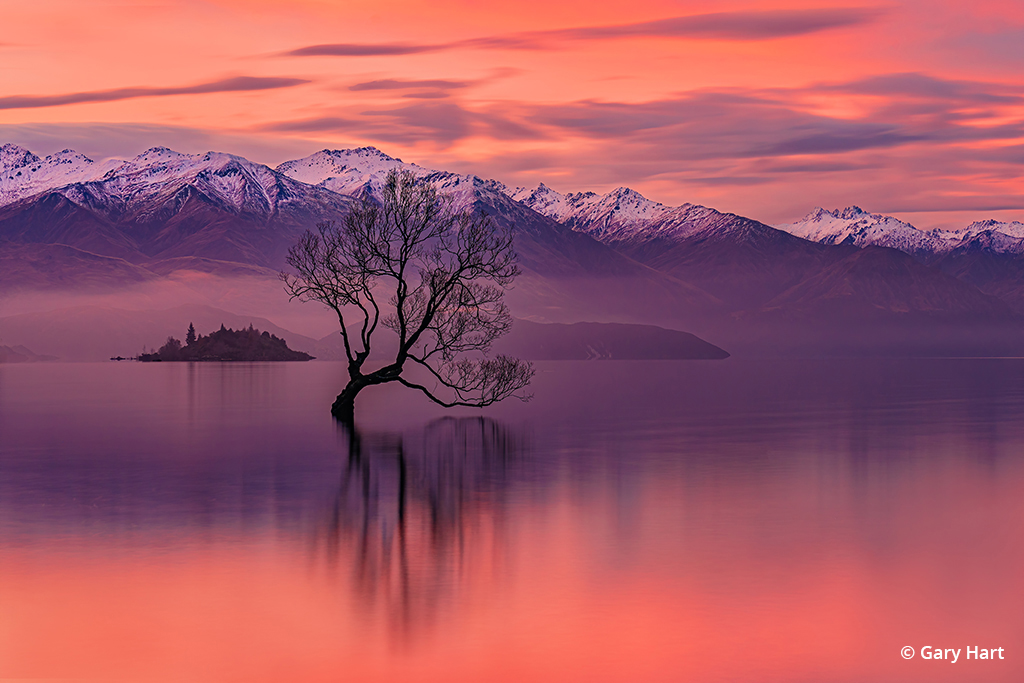
Wanaka Willow Tree, Lake Wanaka, New Zealand.
Nature photography isn’t rocket science, but a basic understanding of nature’s processes can make the difference between success and failure. That applies even to something as fundamental as sunsets and sunrises, from the way sunlight interacts with the atmosphere to the conditions necessary for vivid sunset color. Understanding these concepts will help you anticipate the right conditions to take better sunset photographs.
Perceiving Light & Color
Sunlight reaches Earth in energy waves of varying length. The total of sunlight’s visible wavelengths combined give us light that appears white. The colors we perceive occur when specific wavelengths within the visible spectrum are absorbed or scattered, with each wavelength creating a distinct color. While the visible portion of the sun’s energy generates a virtually infinite number of colors, we’ve all become familiar with the arbitrary color name labels assigned to wavelength points throughout the spectrum.
Moving from the longest visible wavelength to the shortest, visible light breaks down into some shade of red, orange, yellow, green, blue, indigo or violet. Not coincidentally, these are also the colors of the rainbow we see when the white light of the sun, separated by refraction in airborne water droplets, is reflected back to our eyes. Maybe you remember from your physics studies the mnemonic acronym for the rainbow colors and their order (from the outermost to the innermost color): ROY G BIV.
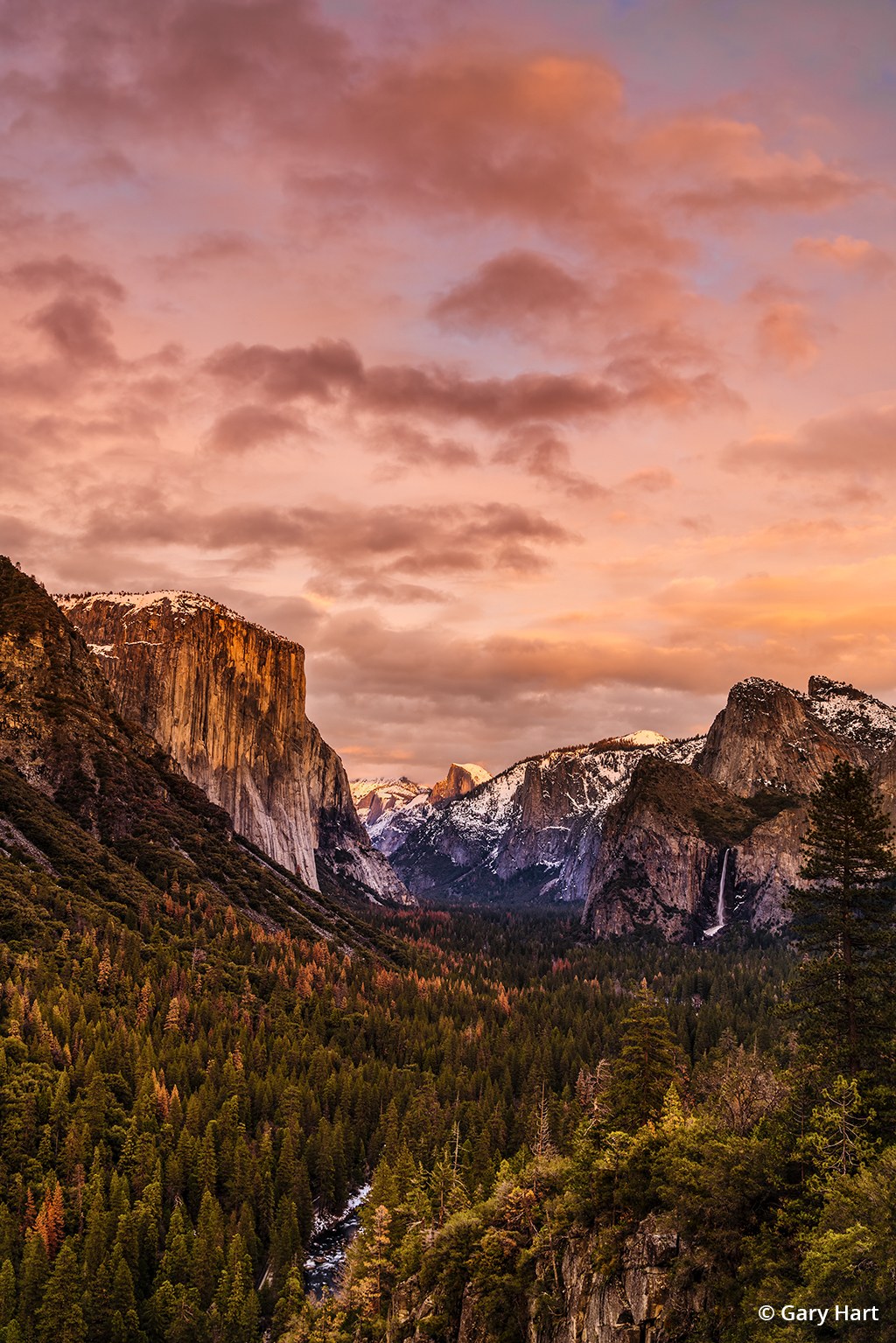
Bridalveil Fall and Half Dome, Tunnel View, Yosemite.
When a beam of sunlight passes through a vacuum (such as space), all of its wavelengths reach our eyes simultaneously, and we perceive the visible portion as white. When sunlight encounters something (like a tree, a rock, air molecules or whatever), some of its light will either be absorbed or scattered, depending on the wavelength and the properties of the interfering medium. So, unless we’re in space, the light that eventually reaches our eyes has either been reflected or stripped of certain wavelengths by whatever it encountered on its journey.
For example, a patch of fresh snow reflects all of the sun’s visible wavelengths uniformly and appears white to our eyes. A piece of coal uniformly absorbs most of the sunlight that strikes it, so we see coal as black. And when sunlight strikes a leaf, all of its wavelengths except those that we perceive as green are absorbed, while the green wavelengths bounce to our eyes.
How The Atmosphere Effects Sunset Photos
Since our atmosphere is not a vacuum, sunlight is changed simply by passing through the air. In an atmosphere without impurities (like dust, smoke and water vapor), light interacts only with air molecules. In very simple terms, an air molecule will scatter any wavelength that’s smaller than it is, so the shortest wavelengths are most easily scattered. This scattering of incoming solar energy by atmospheric molecules becomes a filter that catches the violet and blue wavelengths first, allowing the longer wavelengths to pass through and continue their journey to more distant eyes.
When the sun is overhead, sunlight travels through a relatively small amount of atmosphere. The short violet and blue wavelengths are the first to be scattered, making the sky blue. (The sky appears more blue than violet because our eyes are more sensitive to blue light).
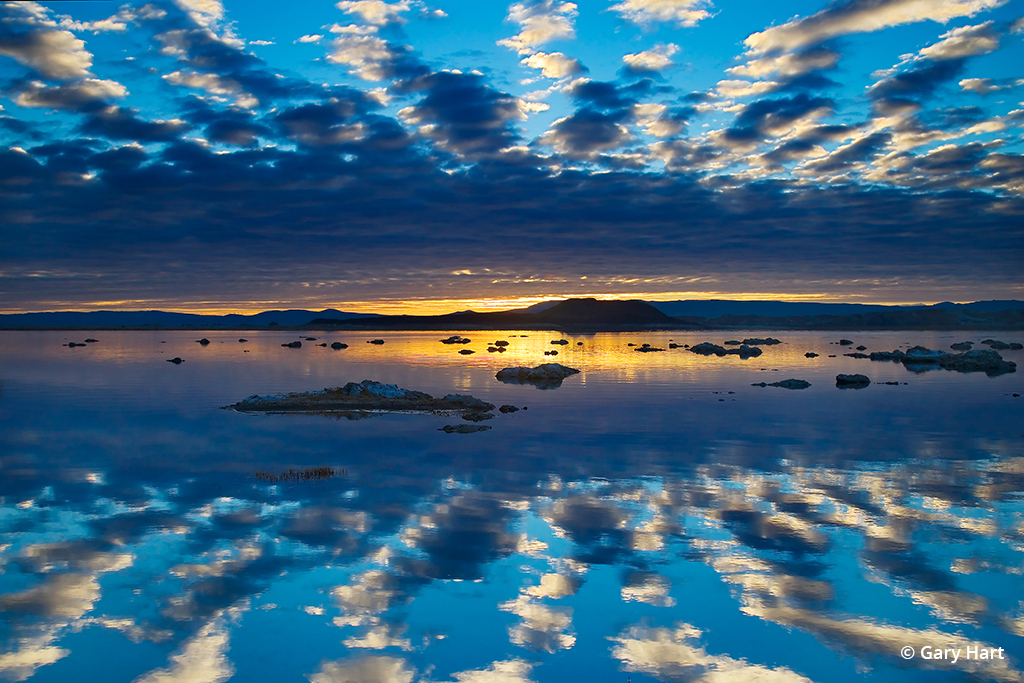
Sunrise at Mono Lake, California.
On the other hand, when the sun is on the horizon, the light that reaches our eyes has passed through much more atmosphere than it did when the sun was directly overhead. The shorter violet and blue wavelengths are long gone, bluing up the sky for others on their way, and the only remaining wavelengths are the longer, less easily scattered orange and red wavelengths. It’s sunset! (Or sunrise.)
Airborne impurities dampen the atmosphere’s filtering process, so contrary to popular belief, a vivid sunset requires clean, unpolluted air. That’s because smoke, dust and water molecules are much larger than air molecules. Rather than only scattering specific colors the way tiny air molecules do, larger molecules scatter much more completely—in other words, instead of scattering only the blue and violet wavelengths, polluted air catches lots of orange and red, too—and everything in between.
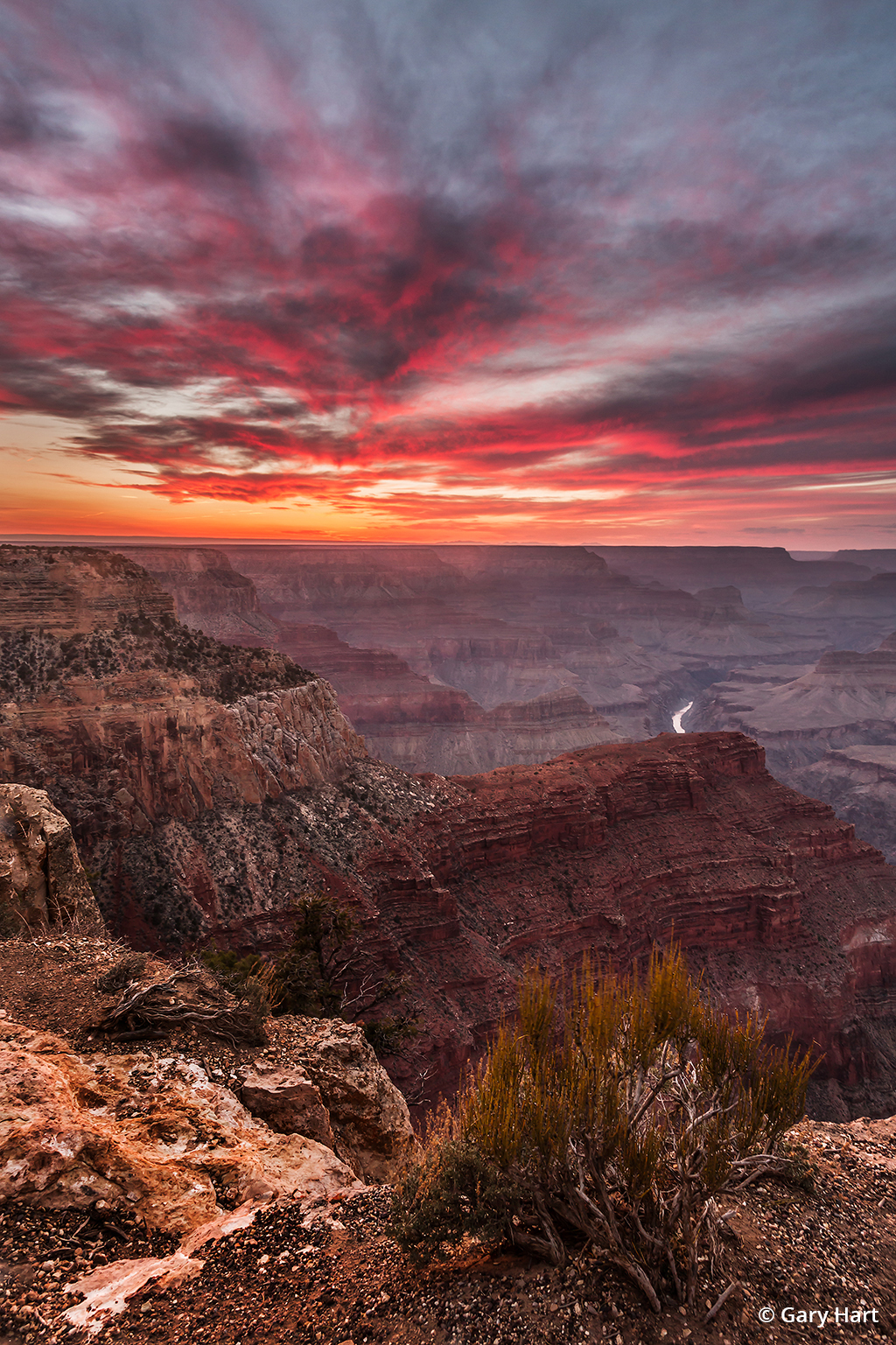
Sunset at Hopi Point, Grand Canyon, Arizona.
Anyone who has blended a smoothie consisting of a variety of brightly colored ingredients, such as strawberries, blueberries, cantaloupe and kale, knows the smoothie’s color won’t be nearly as vivid as any of its ingredients. Instead, you’ll end up with a brownish or grayish muck that, at best, might be slightly tinted with the color of the predominant ingredient.
Verify this yourself. The next time a storm clears, check the color in the sky. Whether the shade is midday blue or sunset red, it’s easy to see how much more vivid it is when the air is clean. Which is better known for its sunsets: Hawaii, where it rains almost daily, or Los Angeles, with its urban sprawl and exhaust-spewing vehicles?
Another source of color at sunset that has become all too familiar to anyone in or near wildfire-prone regions is red-rubber-ball sunsets when a fire is nearby. A vivid sunset requires intense sunlight; the more intense, the better. In a typical brilliant sunset, while the rest of the sky is filled with color, the sun itself is far too bright to photograph as anything but a white disk (without rendering the rest of the scene much too dark). But when sunlight has to battle its way through smoke particles, the total amount of light is significantly reduced, and there’s not enough scattered light of any wavelength to color the sky. But the sun is so inherently bright that some of its longest wavelengths have battled their way to your retinas, turning the sun red while the rest of the sky is a murky brownish-gray.
Getting The Most From Your Sunset Photographs
Any time rain has cleared the atmosphere and the remaining clouds are mixed with sunlight, there’s a good chance for a vivid sunrise or sunset. I have a few go-to locations near home and at my frequently visited photo locations (Yosemite, Grand Canyon, Death Valley, Hawaii and so on) that I beeline to when the conditions for color in the sky look promising.
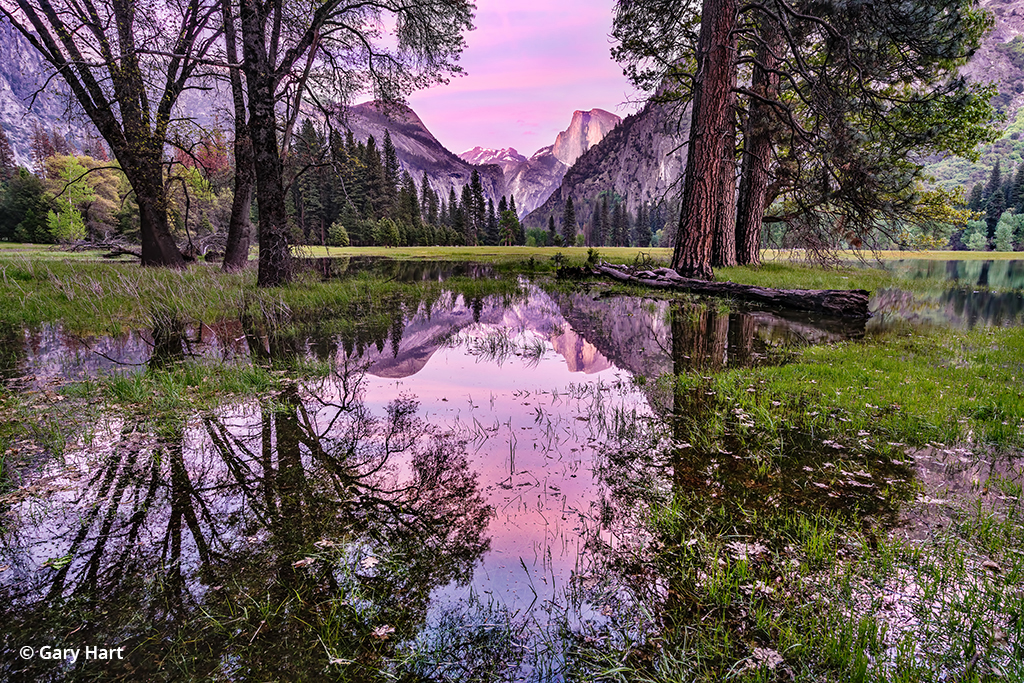
Half Dome, Leidig Meadow, Yosemite.
Wherever I am, as I prepare my shot shortly before the sunset show begins, I look for clouds receiving direct sunlight. This is the light that will most likely color up at sunset, starting with an amber glow that transitions to pink and red. Conversely, if no clouds are getting light shortly before sunset, that may be an indication that the sunset will fizzle. But don’t give up because nature is full of surprises.
A couple of mistakes photographers often make are giving up on sunset too soon and forgetting to check the sky behind them. Some of the best sunsets I’ve ever seen happened when the sun slipped through an unseen hole in the clouds just below the horizon. And shortly after the sun sets, the pink vestiges of the longest wavelengths still color the eastern horizon. As this color deepens, the steely blue of the Earth’s shadow starts to descend. This combination of rich color and soft, shadowless light creates some of the best color and light for photography. Even when the scene appears too dark to your eye, don’t forget that your camera can accumulate light and bring out color and detail lost to your eye.
Maximizing color in the high dynamic range conditions of a sunset requires careful exposure. Rather than trusting the preview image on your scenes with extreme contrast, you must trust your histogram. If the histogram for a high dynamic range sunset scene looks good (highlights and shadows not clipped), it’s likely that the highlights will look too bright and the shadows too dark on the LCD. Resist the urge to fix one or the other in the field and instead trust that you’ll be able to recover both in processing later. If you’re not sure (or just don’t trust your ability to read the histogram), bracket your exposures by a stop or two around what you think is best.
And don’t forget to check your RGB histogram—even if the luminosity histogram looks good, it’s possible that the red channel is clipped, and you’ll need to reduce your exposure a little.
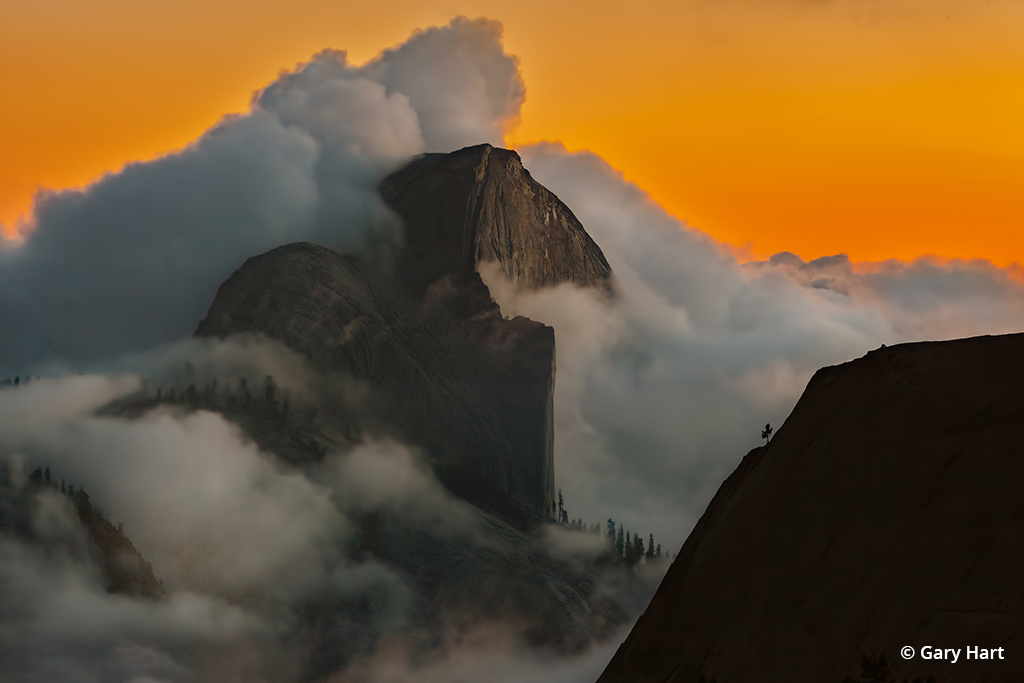
Half Dome, Olmsted Point, Yosemite.
Anticipate The Right Conditions For Sunset Photos
We’d arrived at Lake Wanaka about 90 minutes before sunset. The first thing I noticed that evening was the clarity of the peaks of the Southern Range, about 30 miles distant, and how they seemed sharply etched against the sky. Overhead, a tissue-thin layer of translucent clouds spread across most of the sky, broken occasionally by thicker clouds, with a narrow gap above the mountains where the sun would soon disappear.
The conditions at the time were quite bland, but with pristine air, ample cloud cover, and a path for sunset light to illuminate the sky, all the ingredients were there for a truly memorable sunset. Don and I agreed to change the plan—tomorrow morning might be nice, but the opportunity for a special sunset at this iconic location was too tempting to pass up.
While nothing in nature is certain, on this frigid New Zealand evening, our calculated risk was rewarded with horizon-to-horizon color that reflected beautifully on the still lake and lasted more than 30 minutes. Look again at the first photograph in this article. Had we based our decision on the way the scene looked at the time we made it, our group would have missed a truly memorable sunset. And sunrise the next morning was completely smothered by fog.
The post Take Better Sunset Photographs appeared first on Outdoor Photographer.

